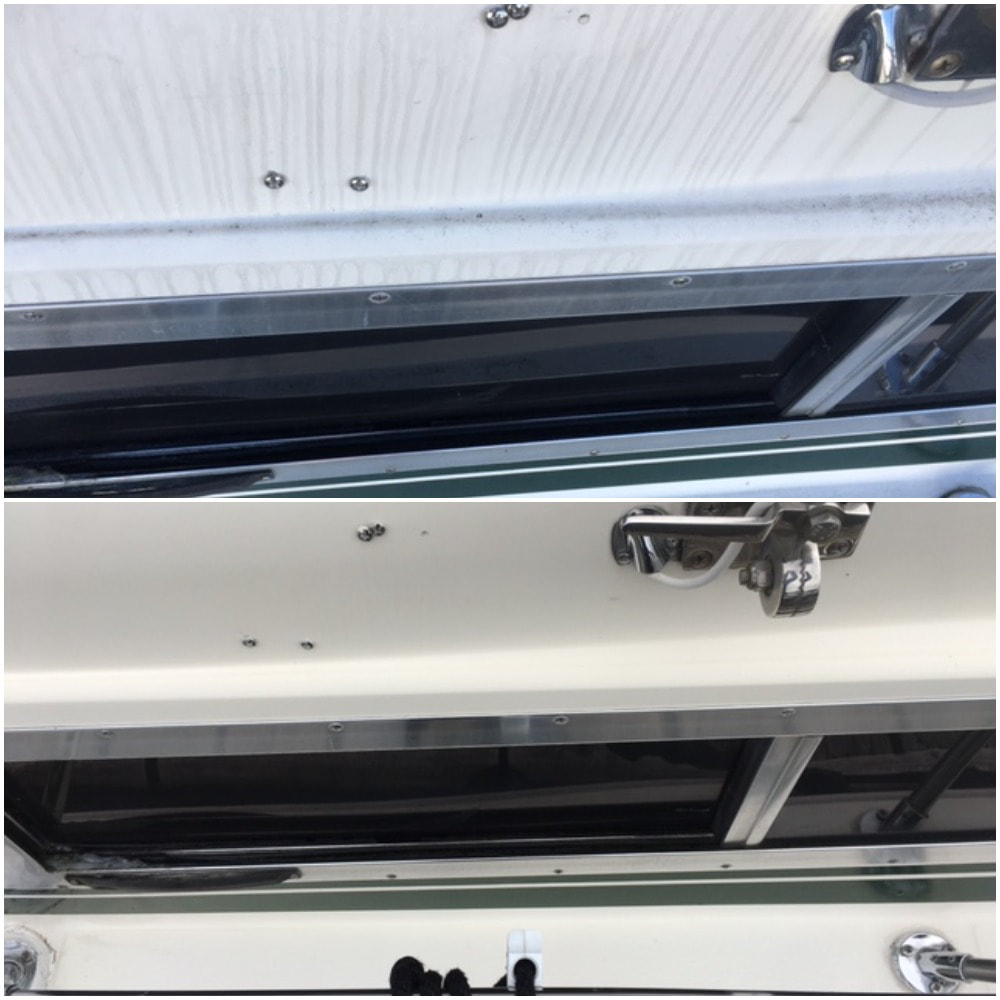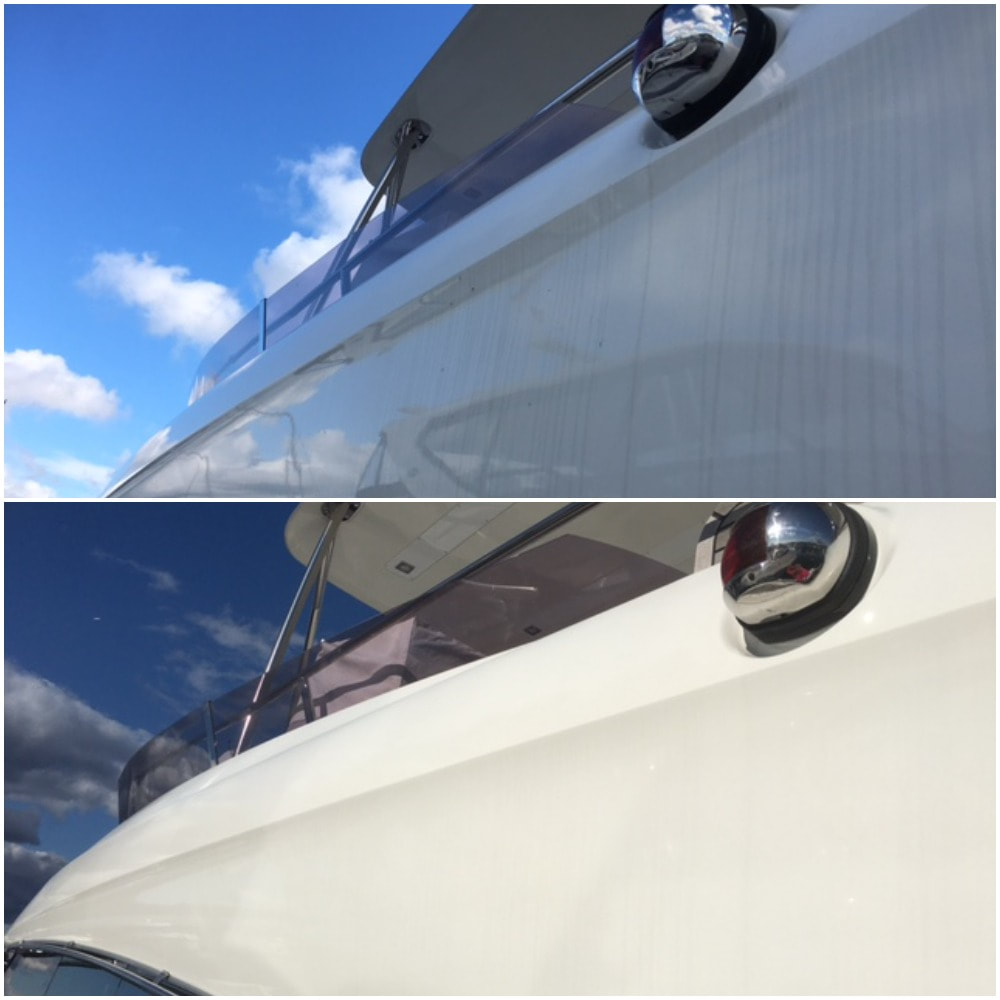The best way to contact us is through our estimate request form if you're a new customer or via email if you're a current customer.
[email protected]
206-354-9777
[email protected]
206-354-9777
|
Deckhand Detailing, established in 1990, offers affordable and high quality boat cleaning and detailing services including boat washing, boat buffing and waxing, interior and exterior cleaning and more. We're experienced, friendly and easy to work with because we love what we do!
|
Copyrighted material. 2002 - 2024, Deckhand Detailing. All content on this site, which includes photos, videos, written content and our logo, is copyrighted material and may not be copied in any way or for any use without permission. The Deckhand Detailing name and logo are registered trademarks.



